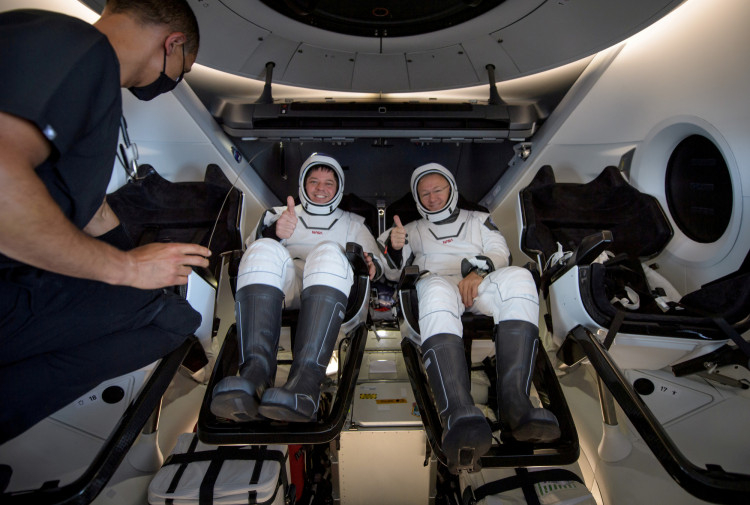SpaceX and NASA are training for the International Space Station's first full-fledged crew flight, which will be similar though not identical to the crewed test flight the pair operated this summer.
The Demo-2 test flight saw veteran NASA astronauts Doug Hurley and Bob Behnken spend two months living and working in the orbital laboratory, while SpaceX and NASA announced that the brand new Crew Dragon vehicle from SpaceX, the first new human-carrying spacecraft in decades, was running safely and as planned. The successors of the astronauts will now follow up on the first spacecraft operating mission, which will bring three NASA astronauts and a JAXA astronaut to spend six months in space.
Perhaps the most drastic distinction for this mission, Hans Koenigsmann, a vice president at SpaceX, said during the news conference, is that SpaceX has made improvements to Crew Dragon's thermal protective shield, or heat shield, based on analyzing the Demo-2 capsule.
As SpaceX engineers checked over the Demo-2 capsule, in a few particular areas of the heat shield, where bolts attach the capsule to the spacecraft's hull, they found more wear-and-tear. When researching the uncrewed Crew Dragon that flew on the first research flight, called Demo-1, in 2019, they had not observed the phenomenon, said Koenigsmann. He clarified that during their reentry, the Demo-2 heat shield was secure for the astronauts.
But SpaceX tested improved security at NASA's Ames Research Center in California earlier this month for these small areas in a wind tunnel, and both NASA and SpaceX are pleased with the outcome of those tests, Koenigsmann and Lueders said. In addition, on a cargo Dragon spacecraft that is currently expected to launch in November but return to Earth before Crew-1 does, the heat shield modifications will be introduced.
Koenigsmann said that a second tweak on the spacecraft changed the pressure sensor that causes the drug parachutes to be deployed during the splashdown phase. Those parachutes unfurled at a marginally lower altitude during the Demo-2 return than would have been desirable, he said, adding that the deployment was still within the acceptable limit. When the Crew-1 astronauts return, this sensor modification should ensure a sooner, greater release.
The teams have also agreed to marginally ease weather constraints for launch and splashdown based on Demo-2 results, Anthony Vareha, NASA's Crew-1 lead flight operator, said during a second news conference on Tuesday. The first Demo-2 launch attempt was scrubbed by the weather.
NASA and SpaceX have approached the U.S. Coast Guard to help implement a 10-mile keep-out zone around the proposed splashdown area when the astronauts are expected to arrive, a collaboration aimed at keeping the boaters who wrecked the splashdown of Demo-2 in August from repeating themselves.
In order to promote traffic control at the International Space Station, the press conferences were conducted the day after NASA revealed that it was delaying the launch by a week, to Oct. 31.





